We stand looking out over the lumber yard and shivering, knowing that the coldest months are still ahead of us. Winter is here, I don’t care what Ned Stark says. Just talk to any of our customers currently buried under snow. Life goes on and we turn up the heaters in our shops and get back to work. It is this time of year and those heaters that can cause some issues with the wood we use, and it is imperative that we are aware of how to respond and build, in order to prevent major problems both now and 6 months in the future.
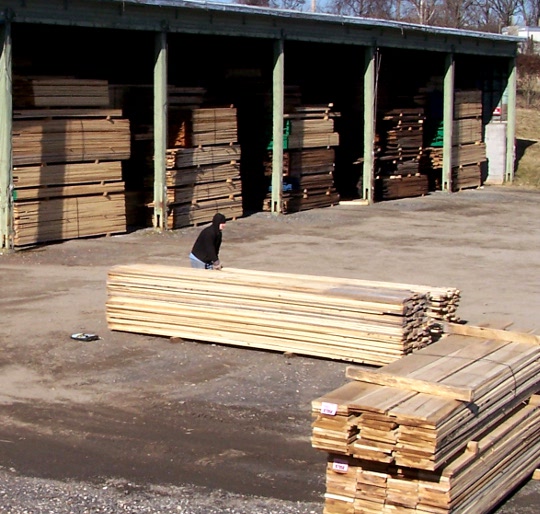
Now consider that most lumber is stored outdoors in covered sheds. Those yards that store it inside are not storing those boards in a climate controlled environment. The air in winter is very dry but still not as unnaturally dry as a heated room. Certainly, many heating systems will have humidifiers built in, but it is still common to find the lumber on your racks and on the workbench to be dipping below a 6% moisture content and even lower. This means that in most cases the lumber coming from your supplier will have a higher moisture content and will be dumping moisture the minute it enters your shop.
Don’t panic over Ipe Cupping
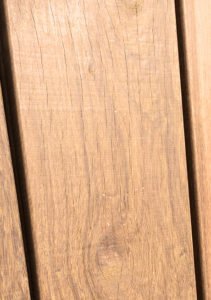
This happens all the time: wood movement due to climate changes is just a fact of life. But when the moisture content starts to get this low, even the stability of kiln dried lumber can be tested. As the moisture content of your boards drops in your extra dry shop, some end checking may occur. This is especially true if a check was already present. Preventative end trimming where checks exist can stop them from opening up further as the board dries out. This means that you need to account for the trimming, you may want to consider buying boards longer than needed. Even tiny checks on the face of the board may open in these conditions, though they shouldn’t cause any ill effects, and they will close up as the moisture in the air climbs.
There may be some cupping and warping, as the boards essentially have the moisture sucked out of them into the super dry air. If possible, keeping your new pack of lumber banded or at least weighed down can keep this warping in check. Even letting it rest for 24 hours can go a long way towards keeping it flat. If you have rough lumber, this won’t be as important, but if you have just received milled lumber that is at or near the final dimensions you need, it is imperative that you restrain the warping while the lumber acclimates to the heated shop.
Choose Your Decking Gap: Think About the Future
The real “danger” is what these boards will do in the future. Right now they are as dry as they will ever be – even drier actually. When the moisture in the air climbs, those boards will suck it up as fast as they can and start to expand rapidly. We all know wood moves and we need to build with that movement in mind, but now we are at the extreme end of the movement, and those boards are only going to expand. In fact, they will expand even more than you may be used to, because of the unnaturally dry conditions in your shop. Expansion gaps need to be left between deck boards, and ship laps should be left with a bit of space instead of butted up tight. Tongue and groove surfaces need to have an expansion gap around the outside, and drawers should be loose in their cabinets. The question of how big those expansion gaps should be is another issue. One that only can be answered with your specific scenario in mind. Wood species will have a movement percentage associated with them in their technical specs. That number is an average, and you can count on at least that much movement since the boards are extra dry.
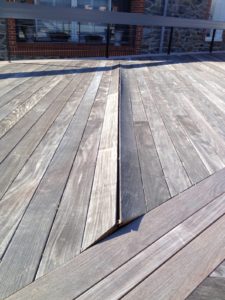
In other instances it is less about an expansion gap and more about how to restrain a flat board from cupping dramatically as it takes on a lot of moisture as the seasons change. I specifically use the word restrain here as you can’t stop the wood from moving, but you can guide the wood on which direction to move. Look at it this way, wooden wedges have been used to split stone just by pouring water over them and letting them expand. Yeah, you can’t stop the movement, and if you try, unexpected things can happen like severe buckling of your boards and cracks. But securing a board in its center or along one edge can direct the movement in a predictable way. Trapping a board in a groove will hold a board flat while it is allowed to expand across the width. This assumes that you have left an expansion gap for that board to move into, however.
In the end, none of this is shocking and new information, but it is something to think about, since it is this time of year when we can expect to see the largest change in our lumber come summer time. Good construction techniques will allow for the wood movement, but give it some extra thought over the next couple of months, and maybe even stack the cards in your favor and allow just a smidge more room for your boards to move.

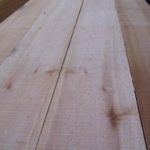
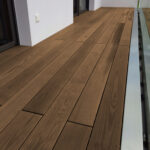
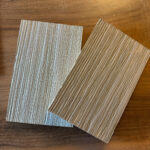
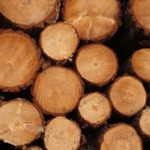
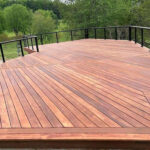
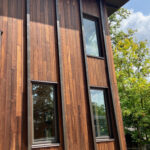


My daughter asked her contractor about ‘hard rock maple.’ He told her “we don’t use that term anymore.’ Huh….. I told her maybe she should consider another contractor, or get more info and ask him pointed questions…..so, helpful Mom that I am, I did a quick Google search for ‘hard rock maple’ and found your site.
Now, I am not a contractor. I am not a carpenter (math is challenging for me and carpentry requires a lot of math, IMO!) However, I do love beautiful ‘things’ and beautiful woodworking pieces are just so beautiful they need to be touched!
Back to hard rock maple…….. I read your article and like all the information packed into a quickly read article. It is now almost an hour later and I’ve read about ‘marine grade’ plywood, ‘Utile,’ genuine mahogany, the composite boardwalk article, and several other articles! Your site is a wealth of information and a delight to read! Thank you (and I have encouraged my daughter to start reading for information’s sake, 🙂 Your site is now bookmarked, 🙂